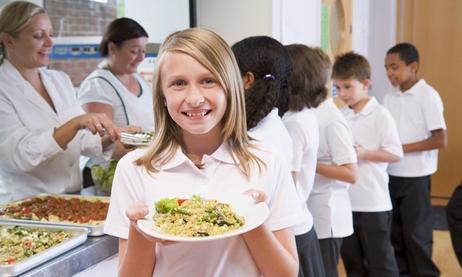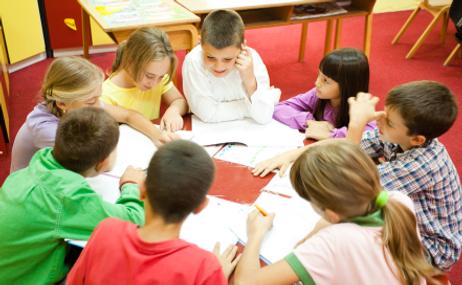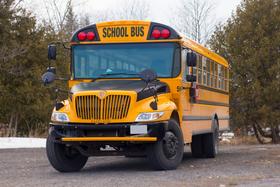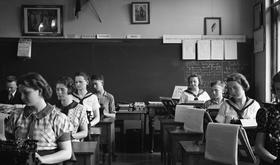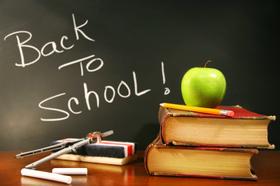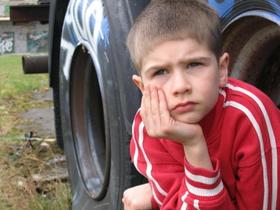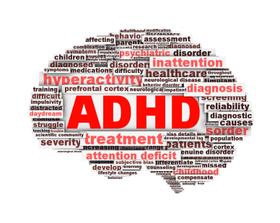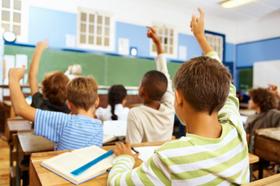Dysgraphia is a specific learning disability that affects writing skills. It is characterized by difficulties in expressing thoughts on paper, leading to poor handwriting, spelling, and overall written expression. Individuals with dysgraphia often face challenges in educational settings, where writing is a crucial mode of communication and assessment. In this article, we will delve into what dysgraphia is, its symptoms and explore effective remediation and treatment strategies.
What is Dysgraphia?
Dysgraphia is a neurological-based learning disability that affects the motor and cognitive processes involved in writing. It is not related to intelligence or lack of effort; rather, it stems from differences in brain function that impact fine motor skills, spatial reasoning, and language processing. Dysgraphia can manifest in both children and adults, leading to frustration, low self-esteem, and academic struggles if left unidentified and unaddressed.
Symptoms of Dysgraphia
Illegible Handwriting: Individuals with dysgraphia often have messy and illegible handwriting, making it difficult for others to read their work.
Poor Spelling and Grammar: Dysgraphia can lead to frequent spelling errors and challenges with grammar and punctuation.
Inconsistent Letter Formation: People with dysgraphia may struggle to form letters consistently and mix uppercase and lowercase letters.
Slow Writing Speed: Writing can be time-consuming for individuals with dysgraphia due to motor coordination difficulties.
Trouble Organizing Thoughts: Dysgraphia can make it challenging to organize thoughts and ideas into coherent written sentences or paragraphs.
Avoidance of Writing Tasks: Those with dysgraphia may try to avoid writing tasks or experience anxiety when faced with writing assignments.



